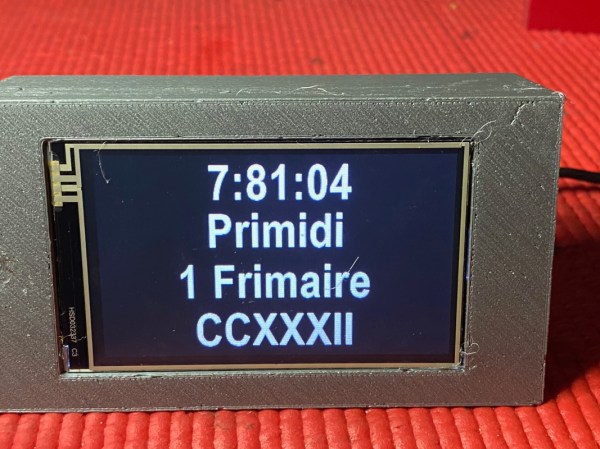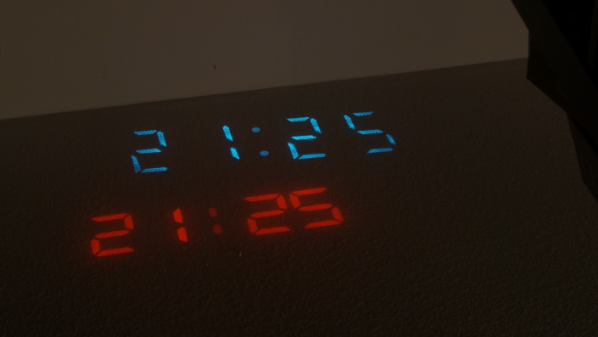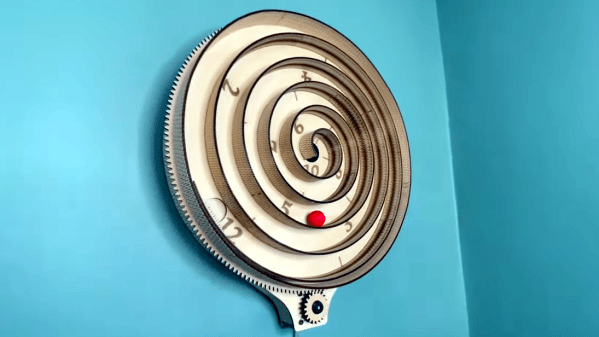How do you convert an old cockpit instrument into a clock? Easy: just build a circuit that convinces it it’s in the air, and the rest will take care of itself.
Now obviously, little about [porkfreezer]’s conversion of King KI 266 DME into a clock was actually easy; working with avionics rarely is. DME stands for “Distance Measuring Equipment,” an instrument that’s part of the radio navigation suite of many aircraft. DME measures the line-of-sight distance of a plane to a ground station by measuring the time it takes for a signal to return after the plane interrogates it. The plane-mounted equipment includes a UHF transceiver and a display for the cockpit instrument panel, which accepts an analog voltage signal from the transceiver and translates it into a readout on the nice Panaplex digital display.
 Rather than gutting the thing and just driving the display directly, [porkfreezer] decided to build a circuit to generate the proper signals for the DME. The board uses a PIC16 and an MCP47C dual 10-bit digital-to-analog converter to generate the voltages needed, while a USB-powered DC-DC converter provides the ±15 volt supply the DME display expects.
Rather than gutting the thing and just driving the display directly, [porkfreezer] decided to build a circuit to generate the proper signals for the DME. The board uses a PIC16 and an MCP47C dual 10-bit digital-to-analog converter to generate the voltages needed, while a USB-powered DC-DC converter provides the ±15 volt supply the DME display expects.
Everything lives on a PCB that fits right on the back of the instrument. Sadly, the connector needed to mate up to the one on the instrument was outlandishly expensive — again, avionics — so [porkfreezer] had to solder the board directly to the DME’s pins. Otherwise, this would have been a completely reversible hack.
Still, it’s an interesting reuse of an unusual piece of gear, and one that respects the original design as much as possible. That counts as a win in our book.

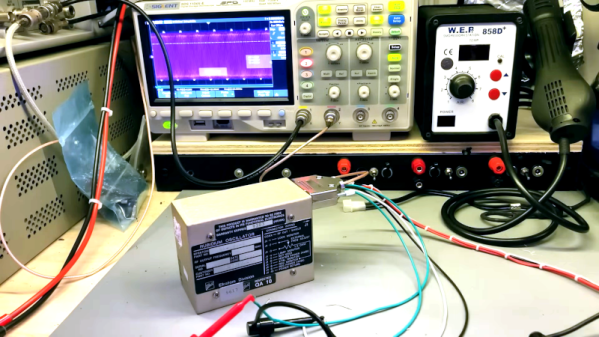
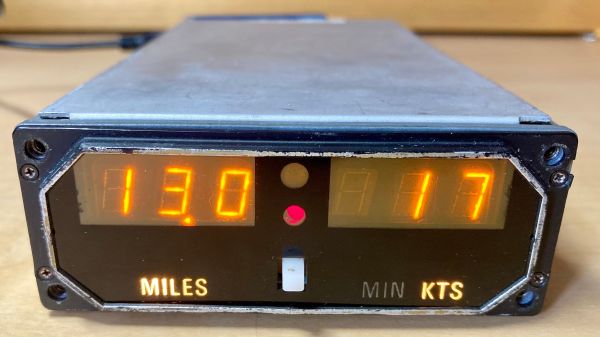

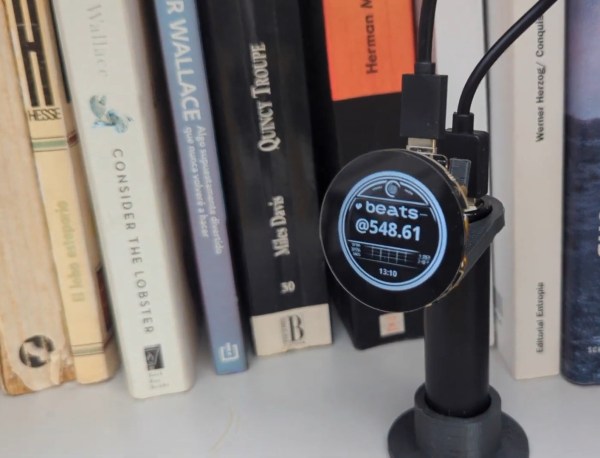
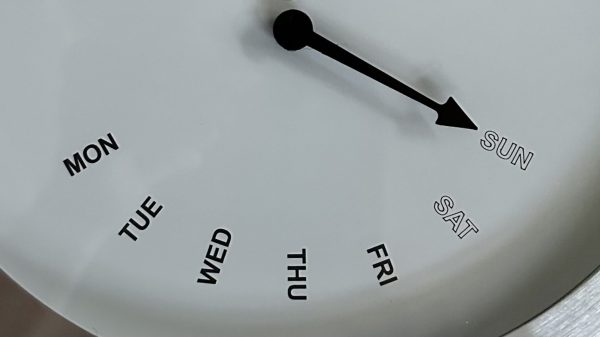
 The build uses a pair of stepper motors to control the hands, a simple choice for accurate and reliable motion control. A Microchip PIC18F24J50 serves as the brains of the operation, chosen for its built-in RTC module and the fact that it has plenty of IO for controlling stepper motors. The built-in RTC is programmed with calendar information for the next 100 years, so there is no need to adjust the clock for leap years on the regular. The top hand of the wall calendar is driven in an arc to show days of the month, from 1 to 31. The bottom hand similarly steps through the 7 days of the week. If you’re unfamiliar with the concept of retrograde hands, they’re simply hands that sweep in an arc instead of moving in a whole continuous circle.
The build uses a pair of stepper motors to control the hands, a simple choice for accurate and reliable motion control. A Microchip PIC18F24J50 serves as the brains of the operation, chosen for its built-in RTC module and the fact that it has plenty of IO for controlling stepper motors. The built-in RTC is programmed with calendar information for the next 100 years, so there is no need to adjust the clock for leap years on the regular. The top hand of the wall calendar is driven in an arc to show days of the month, from 1 to 31. The bottom hand similarly steps through the 7 days of the week. If you’re unfamiliar with the concept of retrograde hands, they’re simply hands that sweep in an arc instead of moving in a whole continuous circle.